5. The opening of Evil Dead 2: Dead by Dawn (1987)
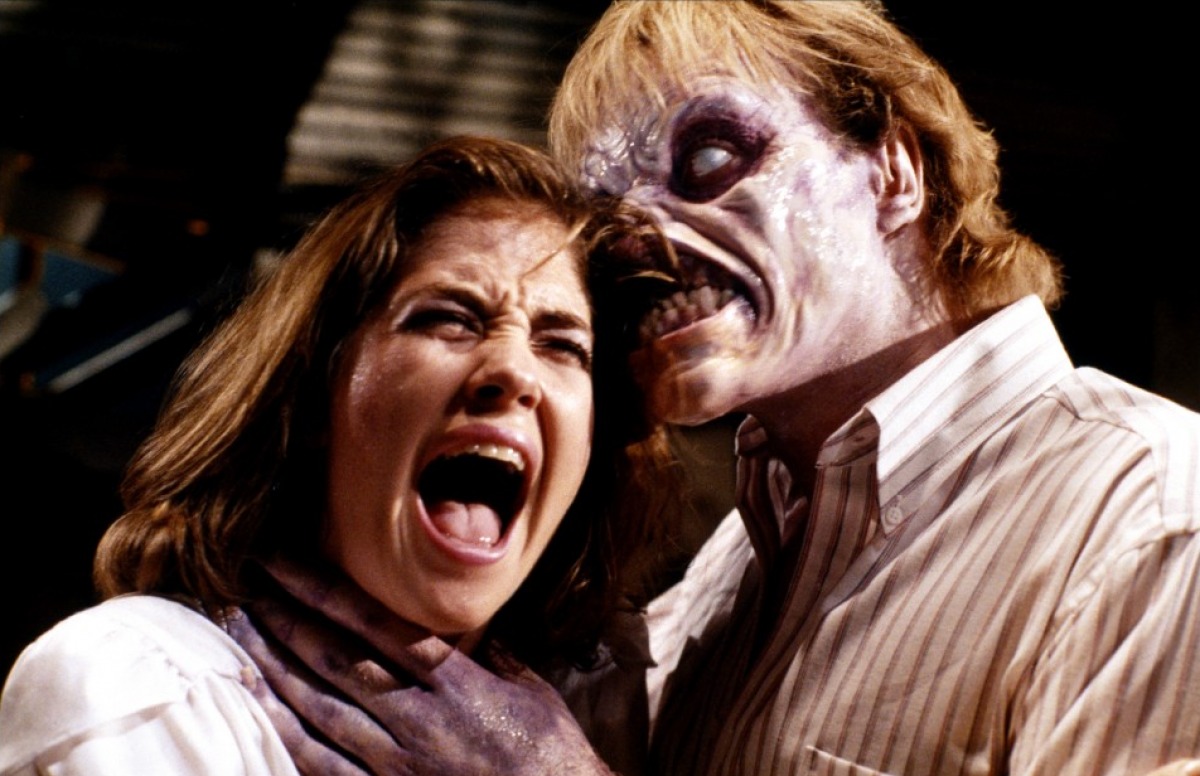
Why it’s great: With the popularity of the “Ash vs. Evil Dead” show, it’s good to remind ourselves of the second film of the trilogy that inspired its eventual legacy, “Evil Dead 2: Dead by Dawn”.
While the first film was mostly horror, Sam Raimi and his friends went all out in this one, as it lapses from horror to gory slapstick. The talents of Bruce Campbell are also fully utilized – whose acting in the original could have used some improvement – and his physical comedy abilities are used to the max as the hapless Ashley Williams being tortured by demons in the cabin.
Due to its low budget (though much higher than the budget of the original), some of the effects look a little corny, but that’s also part of the charm. It would inspire a great sequel (“Army of Darkness”), a herd of comic books, and the eventual TV show. “Evil Dead 2: Dead by Dawn” became the measure of any horror/comedy that has come out so far.
The cringeworthy moment: As many devout fans know, the film is a sequel to the original, but one could be forgiven for thinking this is a remake due to its opening, which was supposed to have a recap of the first film and then start off where the first film ended. Since the filmmakers couldn’t get the rights for this, they had to film an entirely new (and particularly rushed) opening.
Like all of the films on this list, it doesn’t diminish the film, but there’s no denying that the first 10 minutes or so are the worst of the runtime. Had this been avoided, we would have had an even stronger film than what we would have eventually gotten.
The same rights problems came with the TV show, as the first season of “Ash vs. Evil Dead” couldn’t reference “Army of Darkness”. Luckily, this was solved in season two, and as fans will know, we’ve got loads of references to the classic now.
Raimi has always been one of those creative directors that had to deal with a lot of studio interferences, but luckily for us, even with the (many) problems it had, the “Evil Dead” trilogy has reached the hearts of many and will reach many more as time goes on.
4. Superman: Turning back time (1978)
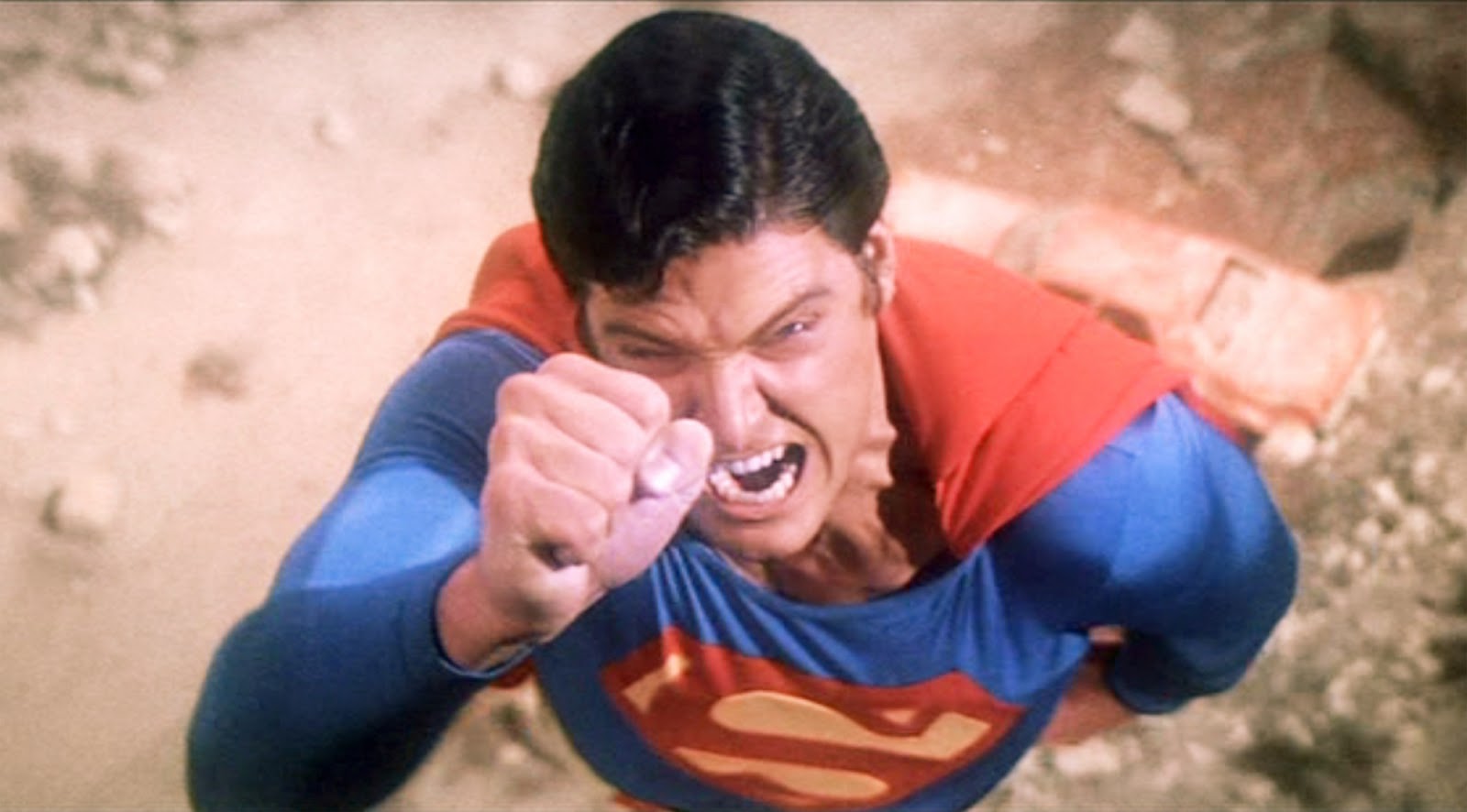
Why it’s great: After the tragedy that was “Batman v Superman: Dawn of Justice”, it’s good to look back at the first cinematic incarnation of Superman and wonder why it worked so well.
Compare this to the morose “Man of Steel” (which admittedly had its moments, but fell miserably short in its depiction of its titular hero), and the reasons become even more obvious: it shared a fundamental understanding of what Superman needs to be. It’s not that Superman can’t be in a dark movie – it’s that Superman himself needs to bear the burden of being the brightest star on the American flag.
Richard Donner’s original “Superman” has all the fun and innocence that seems impossible in this day and age of superhero adaptations. Yes, Christopher Reeve’s outfit looks silly compared to Superman’s current outfit, but for some reason Reeve pulls it off perfectly; the spirit is there, something Henry Cavill can’t reach.
It’s not the good looks that make up Superman, it’s the spirit, and the creators of the original film knew what they were dealing with. The original film alone, even with all its cheese and outdated effects, still has more excitement than the countless explosions you can render from computers. It’s certainly not perfect, but the first “Superman” started strong and has (so far) never been better.
The cringeworthy moment: And then we have the ending. After Lois Lane’s tragic demise, Superman screams in agony and then flies out to space, flying in circles around the Earth and (according to people who really thought a long time about this), either reversed the rotation of the Earth and therefore time, or went faster than the speed of light and therefore turned back time. Whether or not this is scientifically feasible, no answer can make this ending any less ridiculous.
Not only does it undermine much of the drama that would follow in its sequels (you keep asking yourself, why doesn’t he just turn back time again?), but it was never Superman’s power to begin with. Apparently this ending was meant for the sequel with Superman having to save Lois in the nick of time. The ending was probably chosen for sentimental reasons, but even so, I’m sure most Superman aficionados wish they wouldn’t have even considered it.
3. The cringeworthy line before the final fight in The Dark Knight Rises (2012)
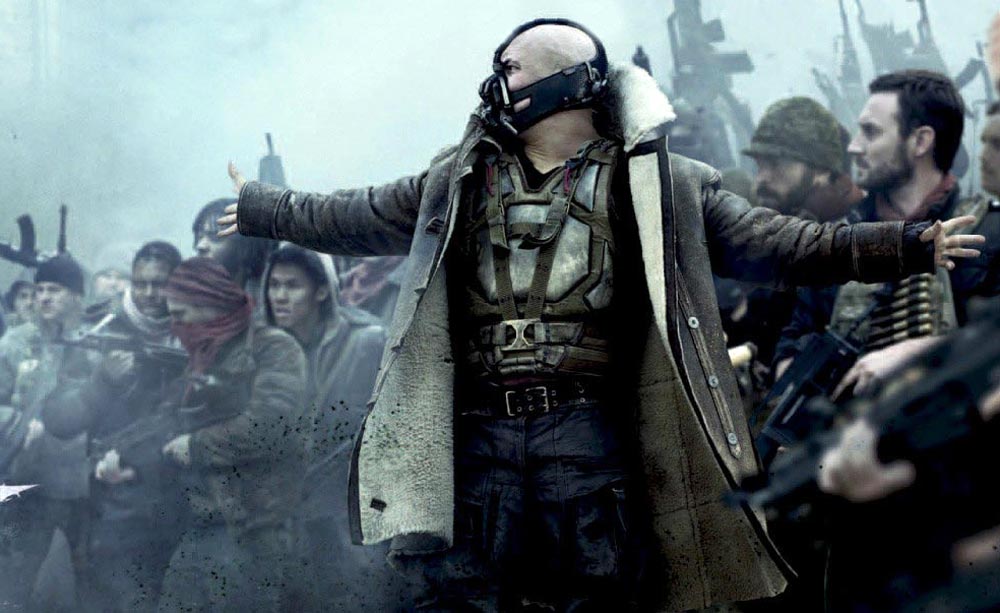
Why it’s great: The “Dark Knight” trilogy is arguably the greatest superhero trilogy ever made (though one could argue that Batman isn’t technically a superhero, but let’s leave that discussion out of it).
The Batman franchise seriously needed a boost after the huge flop that was “Batman & Robin”, and delivering it to the hands of Christopher Nolan was an interesting yet risky move, since his previous movie was the mindbender “Memento”. Even though “Batman Begins” wasn’t as big a hit as they had hoped, its sequel “The Dark Knight” was an instant classic, forever changing the way people looked at comic book films.
Its final entry, “The Dark Knight Rises”, though not as good, was still a very satisfying end to Nolan’s legacy of the Batman franchise. Like the previous films, it touches on various political issues without venturing into political dogma, critiquing both Wall Street greed and the dangers of political revolutions.
It has enough impressive action sequences that would make every fan cheer, and while the villain isn’t as strong as Heath Ledger’s unforgettable turn as the Joker, Tom Hardy still impresses as the intellectual muscle-head Bane. Most of all, it brings everything full circle, tying everything up perfectly – referencing one of the greatest Batman stories at the same time.
The cringeworthy moment: One of the biggest problems of the film, however (besides the various plot holes), is that Nolan might have gotten a little too ambitious with the scale. The ending of “The Dark Knight” was extremely inventive, with Batman using his gadgets to save the hostages and then taking down the Joker. In this film, however, Batman leads an army of police officers who then charge toward Bane and his minions.
It makes for an epic trailer shot, but with the huge cast of extras, as Nolan refuses to use too much CGI, you are bound to have a few hokey shots; for instance, during the fight with Bane, one can’t help but notice some unconvincing extras fighting each other. This, however, is not the biggest cringeworthy moment, which comes just before Batman fights Bane with this particularly painful dialogue: “So you came back to die with your city,” Bane says, to which Batman answers: ”No, I came back to stop you…” And then they fight.
It’s an unbelievably lame line. The Nolan brothers are extremely talented writers, who admittedly have some issues with dialogue (often using it a bit too much), but Batman’s comeback here is baffling. Maybe they were in a rush – it couldn’t have an easy shoot – but surely they could have come up with something better than this. It sounds like something a child would quip while he’s playing with his Batman dolls. In either case, it’s still a great movie, just a very unfortunate line.
2. The hobbits jumping with joy on Frodo’s bed in The Lord of the Rings: The Return of The King (2003)
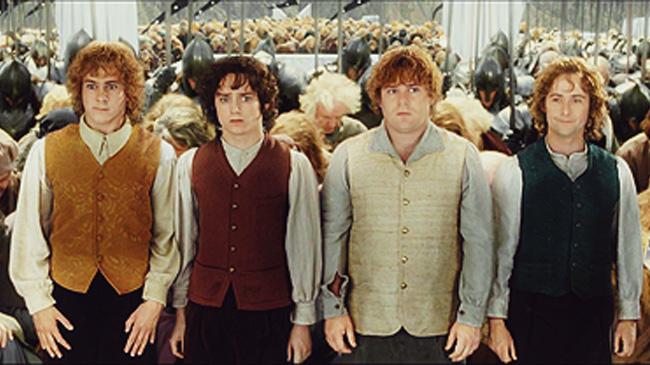
Why it’s great: The “Lord of the Rings” trilogy made every Hollywood executive buy whatever fantasy property they could get their hands on. Suddenly, thanks to the trilogy and the Harry Potter books, they realized what a hot commodity the genre had become, which before had been mostly relocated on TV with shows such as “Xena: Warrior Princess”. At the time, though, the film remained a huge gamble. Giving so much money and control to the director of “Meet the Feebles” and “Dead Alive” couldn’t have been decided on lightly.
Luckily for all of us, and those fans who had been waiting for so long (and who could have gotten a very surreal Kubrick version starring The Beatles instead), it was one of the greatest gambles in cinema history. Staying mostly true to the source material – down to the love Jackson himself had for the material – people became mesmerized by the world of Middle-earth.
The story itself, even with the vast mythology attached to it, is a simple good vs. evil story, involving people, fantastical species, ghosts, and even trees who work together to defeat an evil force and his army of ghastly creatures. Coming out in just the right time of CGI, Jackson managed to not make the movie alienating for those who weren’t familiar with the material. All three films complement each other perfectly, and it’s without a doubt one of the most successful trilogies in cinema history.
The cringeworthy moment: Many people complain about the several endings attached to the final entry, “The Return of the King”. There’s no doubt that Jackson and company had trouble saying goodbye to Middle-earth, and he knew fans wouldn’t mind the multiple endings. The endings are effective, especially if you are a huge fan and you’ve followed the Fellowship through their arduous journey. However, after Frodo is saved by the eagles and wakes up in his bed in the Shire, first to a roaring Gandalf, it does start feeling rather corny.
The moment gets far worse, however, when his two Hobbit friends Merry and Pippin enter the room and jump on his bed with joy. The scene culminates with rest of the Fellowship welcoming Frodo, and then ends with a shared look between Frodo and Sam – the bond they have is something that will never go away. Yet, as it has been joked about by Kevin Smith, even with the beautiful music, the corn factor is through the roof.
Maybe it’s the lighting, maybe it’s the goofy unnatural laughter of all involved, but it’s just undeniably cheesy. It does not tarnish its great ending(s) and surely Jackson had earnest intentions, but it’s just a little too sentimental. However, Jackson rarely partook in subtlety, and surely some fans shed a few tears during its first viewing.
1. Keanu Reeves as Jonathan Harker in Dracula (1992)
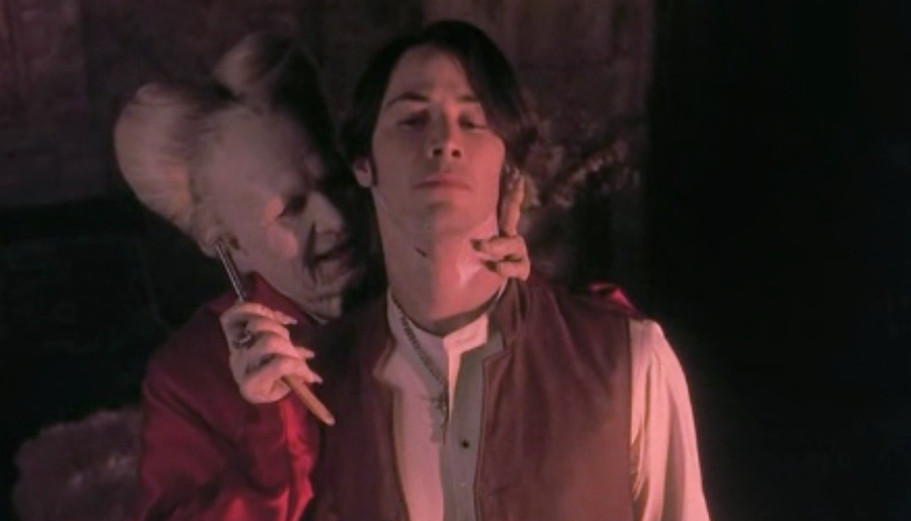
Why it’s great: The character of Dracula has been on screen countless times, and Bela Lugosi’s depiction was the most fondly remembered. The most faithful adaptation of the original, however, was “Nosferatu” (changing the names for right reasons and even Dracula’s own name); that is, until the great Francis Ford Coppola took an interest in Bram Stoker’s classic horror novel.
Even though the character of Dracula was a bit more romanticized (he was closer to a ruthless sexual predator than the doomed lover as Coppola portrays him), Coppola’s version is mostly faithful.
Not only that, he successfully gives various nods to his previous incarnations, from images to even dialogue. Not only that, the film is hugely overrated for its use of practical effects, opting to make an old-school universal horror style film as they would have done back in the days of Lugosi. The results are simply stunning, and deserved an Oscar for it.
The portrayal of Dracula by Gary Oldman is probably one of the best. He veers from the demonic predator toward the doomed romantic with ease. The rest of the cast is a mixed bag; Winona Ryder as his love interest can’t match Oldman’s acting capabilities, for instance.
However, Anthony Hopkins, as his nemesis Van Helsing, is a lot of fun, deliciously over the top and hammy but with just enough seriousness to reduce the camp. Richard E. Grant (who probably should have been Harker), Billy Campbell, Cary Elwes, Sadie Frost, and particularly Tom Waits as poor Renfield are all neatly cast.
The cringeworthy moment: It comes with the casting of Keanu Reeves as Jonathan Harker. Now, Reeves is always likable. Yes, his wooden acting is not always up to par, but there’s something about him that makes him enjoyable to watch. His reported charitable nature makes him even more welcome in movies, and sometimes he can give out an impressive performance or two; there’s no denying that his comic presence in “Knock Knock” saved that film.
But in “Dracula”, he’s painfully, nearly hilariously miscast. You can’t really blame him – reportedly Coppola cast him for the teenage factor – but he shouldn’t have been considered at all. It’s painful to watch him struggle with the accent, because every time, you expect Alex Winter to show up so that he and Keanu can scream ”EXCELLENT!”
It’s one of the biggest miscast roles in cinema history, but one that with its cringe factor, becomes at the very least enjoyable in some instances.
Author Bio: Chris van Dijk is a writer and a self-proclaimed cinematic-connoisseur who started his unhealthy obsession with film at a very young age. He’s famous for being an incredible slob, taking himself way too seriously and getting along brilliantly with anyone who agrees with him.